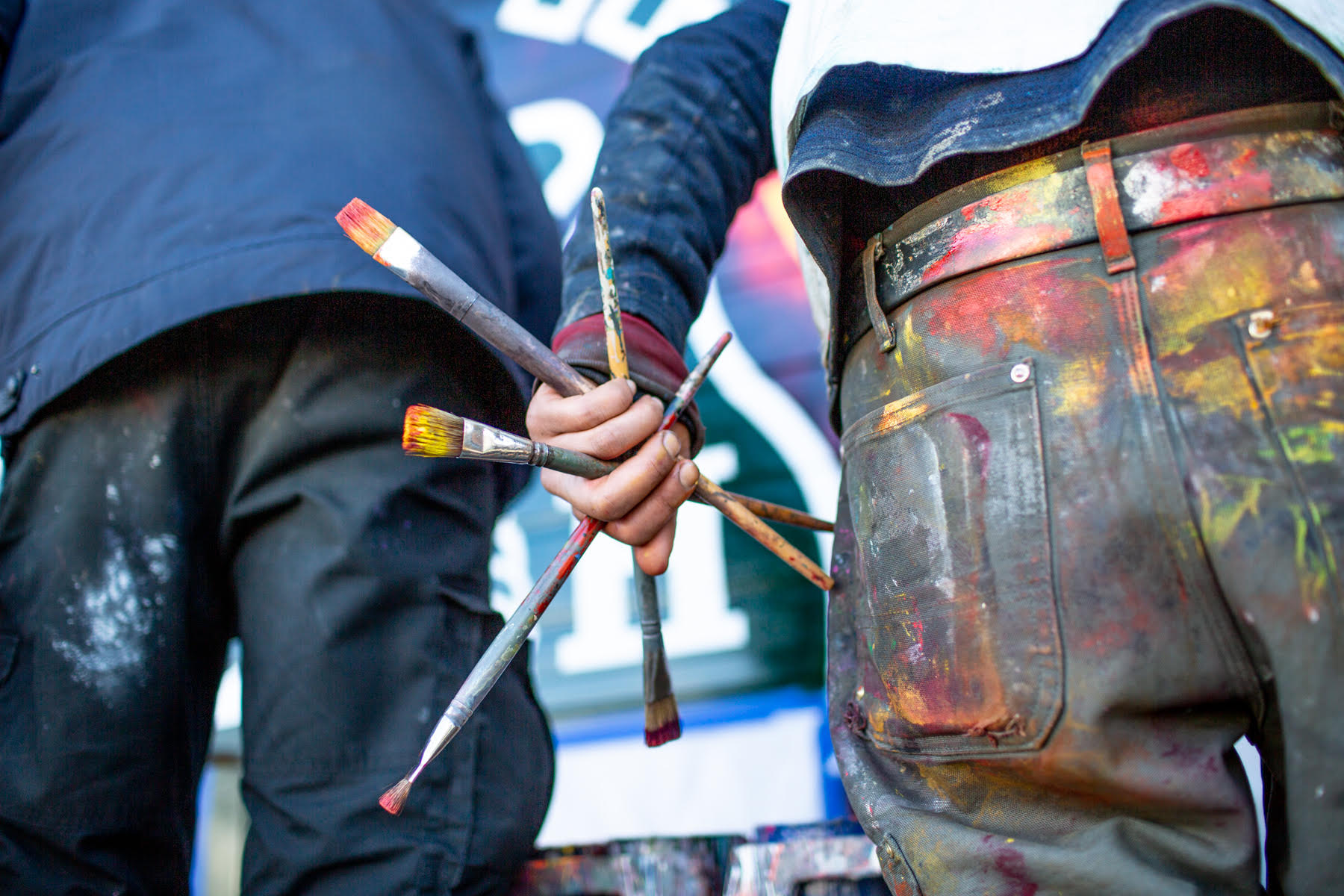Stories Behind the Walls: A snapshot of street art in Brooklyn

The street art scene in Brooklyn gets seemingly bigger every day. One can’t walk down a street in Williamsburg without running into a mural or a spray-painted storefront around a different corner. But street art here has evolved a lot in the past few years as it has been popularized and commodified, and new artists are finding their voices on blank walls across the borough.
Brooklyn witnessed a birth of companies dedicated to public art over the last couple of decades, some devoted to advertisements and others focused on bringing exciting street art to specific neighborhoods. The sides of buildings in Williamsburg and Greenpoint are more colorful than ever before, as individual artists are magnifying their work on a large scale right alongside commercial work.
And as the pandemic put a hold on a lot of indoor art forms, artists poured onto the street to celebrate what can be shared outside. The Bushwick Collective, Bushwick’s popular open-air gallery since its first wall was painted in 2011, hosted its 11th Annual Block Party on June 4. The Block Party attracted hundreds of visitors to the large painted walls, as the public celebrated the vibrancy that outdoor art offers. Joe Ficalora began the organization with the goal of reviving his neighborhood, and the Bushwick Collective has helped to transform the neighborhood into a hub of artwork and excitement.